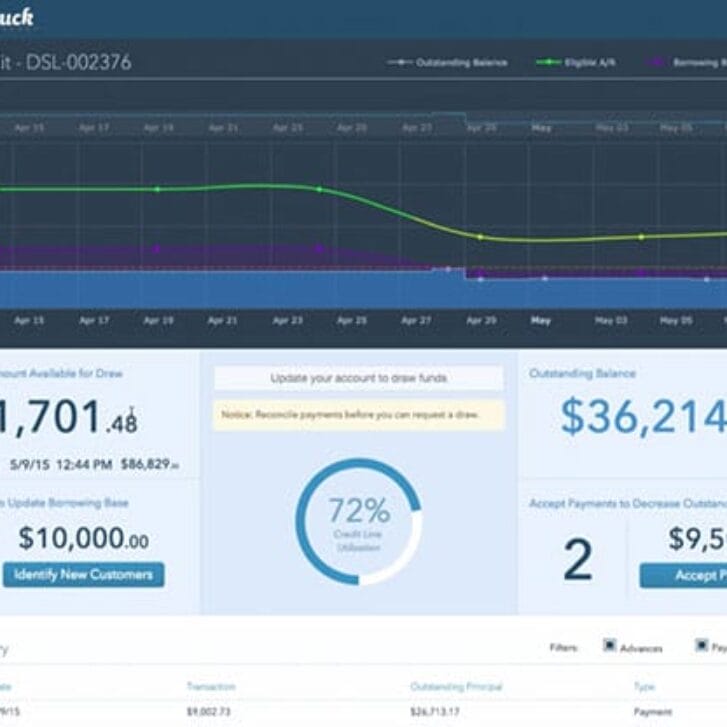The Facebook wall has replaced the newspaper, YouTube has replaced the TV, and word-of-mouth has replaced Consumer Reports. Content is king. It likely always will be. But how do we define content as marketers in the digital age? How do we take advantage of the ease of reaching customers while not getting lost in a sea of other products? Most importantly, what do we do to ensure we have a steady stream of quality, branded and sharable content?
I’ve listed some strategies that have worked for me at Down to Chill. The approaches gave me the flexibility and quality needed to get shares, likes and social exposure.
Wharton Startup Marketing Advice #1: Be Creative
There are few things more iconic than a memorable ad. Without an expert designer, it may seem impossible to make the next Warhol Campbell’s Soup Cans, but knowing your product inside and out can yield better results than being a capable artist. Keep it simple: use simple shapes, simple visual puns and simple extrapolations of your product. If the ad is a remarketing ad, which uses cookies to convert previous interactions, you can create an ad that builds off the one they saw before. With the Internet as the dominant channel, you can gain more from targeting distinct user groups than from trying to craft creative elements to appeal to everyone. The visual creative is the first thing a potential customer sees, so think about whether you want a single general image or a handful of targeted ones. Do you want to segment your targeted population or not?
Wharton Startup Marketing Advice #2: Pay Attention to Your Copy
If your image is eye-catching enough let’s hope the customer reads your copy. This is where you cock your ears. Listen to what you write from the perspective of someone who knows nothing about your product. What need do you fill? How do you convey your value proposition? What is the “conversion goal” and how does the copy influence behavior? Don’t be afraid to communicate a call to action. Just asking for a “like” or a “share” in a clever way can dramatically increase engagement. People click on controversy, on intrigue and on humor. Take advantage of how your copy and content can affect the perceptions and behavior of users you target on each channel, from Instagram to YouTube, Twitter to Pinterest.
Wharton Startup Marketing Advice #3: Keep in Mind the Conversion
Most important is the conversion to a paying customer. Back in the day, before the consumer could convert on the spot, it was a waiting game. But now, you need to incentivize a click right then and there. Consumers won’t keep your brand in mind 10 days down the road like traditional marketing requires. Use contests and product or discount incentives, but don’t rely on them too much to get clicks. Remember, these customers usually don’t know who you are, so why would they want a discount?
Wharton Startup Marketing Advice #4: Don’t Forget the Post-Conversion
Design your product with the conversion in mind. How did the user get to the product? How do I make sure the product delivers in the way the user expected at conversion? And most importantly, how does my product sell itself and in the process lower my marketing costs? For apps and websites, try to incentivize and mix organic social sharing into the functionality of your product. You can now “like” or “follow” a page directly within apps, provided you’ve enabled deeplinking. You can use ability link to a specific location in your app to broaden the reach of your ads, incentivize social engagement and implement anything else you can imagine; it’s an underestimated, powerful tool. For physical goods, especially clothing and accessories, the Web can be a useful, efficient option to get people to talk about and share pictures of your product. Always think about how the money spent on one conversion can multiply into more conversions, by incentivizing the person who bought your product to spread the news to other people via continued use or word-of-mouth. It isn’t cheap to get big online especially with big brands moving into the “influencer” market through Twitter, Instagram or blogs, but it is easy to make your money go farther online than on traditional platforms. Keep your marketing simple, significant and strategic.


























